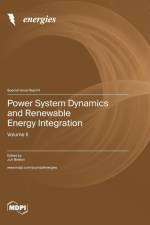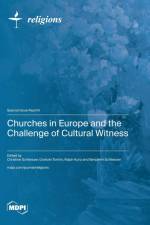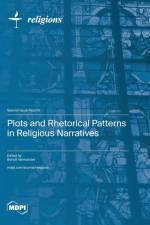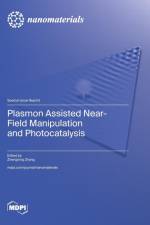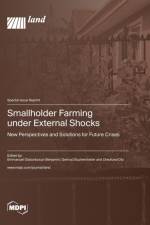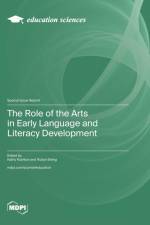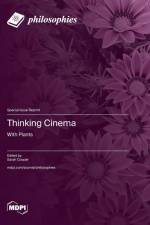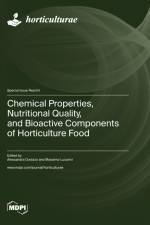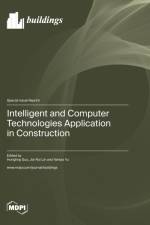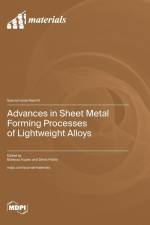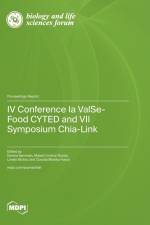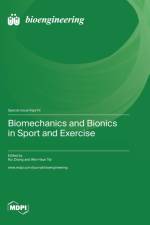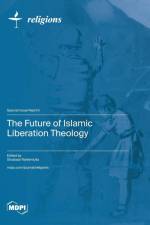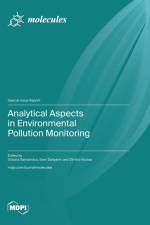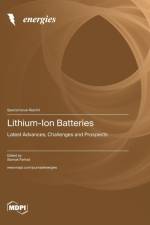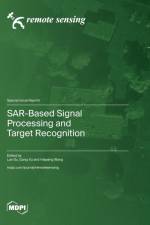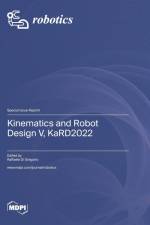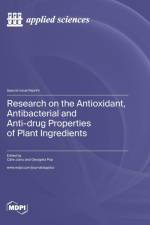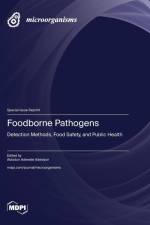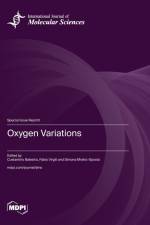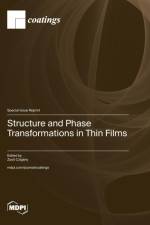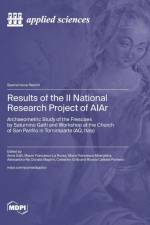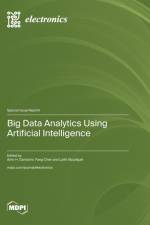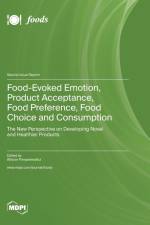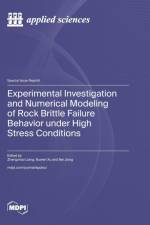1 147
The third volume of this Special Issue, similarly to the first two, covers a wide range of topics: obtaining and characterization of new materials, from the nano- to the macroscale, involving new alloys, ceramics, composites, biomaterials, and polymers, as well as procedures and technologies for enhancing their structure, properties, and functions. In order to be able to determine the future use of new materials, we first must understand their structure and ascertain their characteristics, utilizing modern techniques such as microscopy (SEM, TEM, AFM, STM, etc.), spectroscopy (EDX, XRD, XRF, FTIR, XPS, etc.), mechanical tests (tensile, hardness, elastic modulus, toughness, etc.), and understand their behavior (corrosion, thermal, DSC, STA, DMA, magnetic properties, and biocompatibility, both in vitro and in vivo), among many other areas of research.

